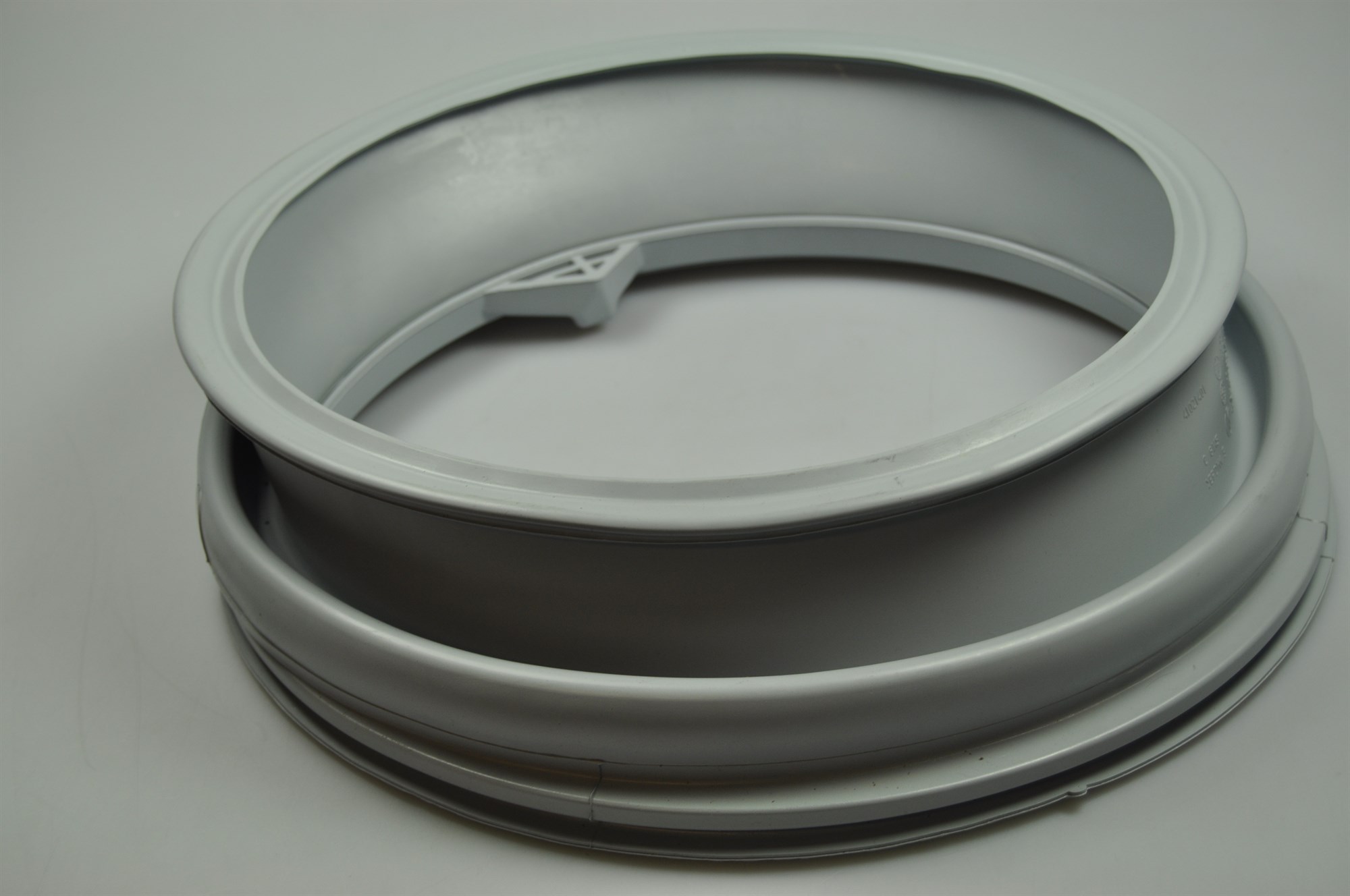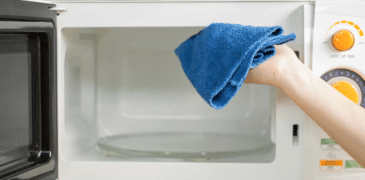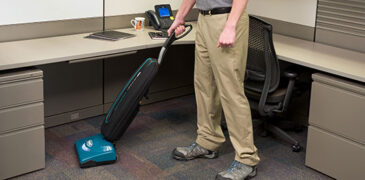The filth washed away from your clothes, towels, and sheets gather as grime inside your washing machine over time. Your washing machine, like your laundry, also needs proper cleaning. If you’ve ever caught a stale, musty odor in the washer’s drum, it’s probably due to a dirty washing machine.
You may believe that using so much detergent cleans not only your clothes but also the washing machine. However, your washing machine can pick up a variety of contaminants from your laundry. Moreover, these can accumulate in the dispenser, inner parts, and washtub and deposit on your clothes. These include dirt, bacteria, soil, mildew, used soap, laundry detergent, fabric softener, etc. The appliance may also contain residual detergent, hard-water deposits, and mold or mildew around the lid if not cleaned regularly. If you allow water to puddle in the rubber door gasket on front load washers, mold and mildew can grow.

Follow these procedures to clean a washing machine to guarantee your freshly cleaned clothes and linens are very clean. Moreover, these instructions apply to both front-loading and top-loading washing machines.
How To Clean Your Washing Machine at Home
The first thing to remember while cleaning a washing machine is that you need really hot water. Hence, put it on the highest cycle available when there are no clothes inside it. You can use a washing machine cleaner or a small amount of laundry detergent additionally. However, even near-boiling water is enough to get your washing machine clean.
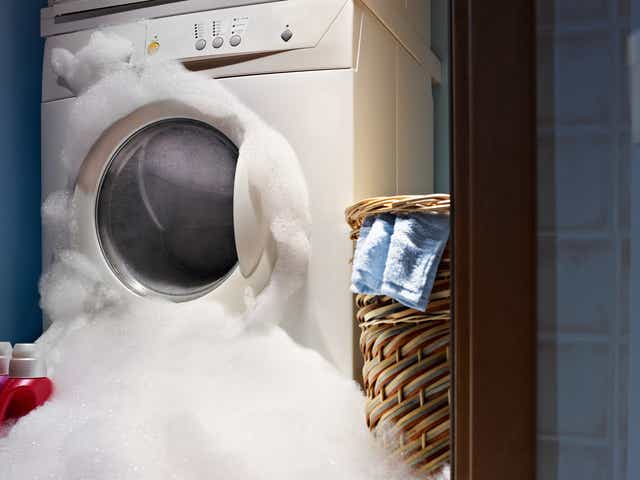
Cleaning a washing machine should not only be done at times but instead, regularly. Deep clean your washer every month, depending on how often you use it, to maintain your equipment running correctly. Thus, this will keep your whites whiter and ensure a sweet-smelling pile of laundry.
How To Clean Your Washing Machine Detergent Drawer
Remove the front of the machine’s detergent drawer. You should check your manual if you need advice on how to fully remove it. Soak the drawer with hot, soapy water. Further, scrub away any soap buildup or mold with an old toothbrush. Rinse well and pat dry with a tea towel. Nevertheless, clean up the cavity before reinstalling it. There can probably be some concealed mold there as well.
The detergent drawer in the washing machine becomes surprisingly unclean for a location designated to keep detergent. Hence, it is important to start here.
How To Clean Your Washing Machine Dispenser Drawer
Remove any removable dispensers, disassemble them, and thoroughly rinse them under hot water. Dislodge any stuck-on muck with a gentle toothbrush. Reassemble and re-insert them into the machine after wiping them dry. However, if they are still wet, leave them out to dry completely.
How To Clean Your Washing Machine Rubber Seals
Mold and mildew love the rubber seals of a washing machine, just like the detergent drawer. However, you might also find coins and hair in there.
Wipe the rubber seals of your washing machine with a moist cloth soaked in soapy water. While removing them from the metal, be careful not to rip or unseal them by accident. Wipe away any residue on the seal as much as possible. If you need, use a toothbrush to gently remove any stubborn filth.
How To Clean Your Washing Machine Filter
The washing machine’s filter is normally beneath the drum door slightly above floor level. It stores all the bad material that collects in the crevices out of the pump, including fluff, hair, and coins. As a result, it serves a vital purpose. However, just like the detergent drawer, it can be a breeding ground for mildew and germs. Moreover, it can even cause your washing machine to stink.
To capture drain leaks, you may need to place a basin or tray on a towel beneath it. Carefully replace the cover though.
How To Clean Your Washing Machine Exterior
The drum, in particular, accumulates dust quickly. Nevertheless, the detergent drawer, as well as the drum itself, can leak during or after a wash.
Clean any stains and dust from the outside of the machine with a moist cloth and dishwashing liquid. Furthermore, use a clean kitchen towel to dry the exterior.
How To Clean Your Washing Machine Limescale
There are a variety of treatments available for your washing machine, but white vinegar will work just as well. Run a hot wash cycle with a hefty cup of detergent in the detergent drawer. However, you should obviously keep your garments out of this wash.
If the manufacturer of your washing machine advises against using vinegar, use washing machine cleaners instead. They not only clean within the appliance but also protect the drum and any plastic parts from limescale build-up.
How To Clean Your Washing Machine Agitator
Fill the wash basket with 1/4 cup detergent and 1 cup bleach. However, remember to remove the fabric softener dispenser from the agitator. Further, allow the washer to fill before starting the wash cycle. Allow 5 minutes for the washing to agitate, nevertheless. Subsequently, lift the lid and clean the inside of the agitator with a long, narrow, and soft brush.
To help flush out loosened soils, take some of the wash water from around the outside of the agitator. Furthermore, pour it into the agitator with a measuring cup. Complete this step within 15 minutes, else the washer will start draining the wash water automatically.
Close the top before the 15-minute timer runs out. Next, let the washer finish the rest of the cycle normally. During the Deep Rinse process, the wash water will empty the soils and rinse out. After the cycle is over, reinstall the fabric softener dispenser.
How To Clean Your Washing Machine with Vinegar
Set your machine to the hottest cycle (or minimum 60°C) and add 230 ml of white vinegar directly into the drum. Vinegar is a natural way to eliminate bacteria and the smell goes away throughout the rinse cycle. Hence, it’s a great approach to help purify your machine since it doesn’t harm your clothes too. After the cycle is over, add 1/2 cup baking soda to the drum and repeat the hottest cycle. Once done, clean the door seals and the exterior. Besides, make sure the inside is completely dry by washing it down and keeping the door open.
How To Clean Your Washing Machine with Bleach
Pour 1/2 cup of bleach into the drum of your machine and the other half into the detergent drawer. Start a hot wash cycle with an empty load. If you can pause your wash once it is filled with water, do so for at least an hour. Then repeat the rinsing process to ensure that all of the bleach has been gone. Wipe off the inside of the door and dry out the seals once it’s over.
How To Clean Your Washing Machine with Detergent
Running maintenance clean with laundry detergent rather than a specialized washing machine cleaner is entirely okay. You can use your standard detergent. However, natural, plant-based detergents marketed as ‘concentrated’ work best. These are often stronger, so you won’t need as much of them and your machine will be spotless.
How To Clean Your Washing Machine with Vitamin C
Citric acid and ascorbic acid (commonly known as vitamin C) are reducing or chelating agents. Thus, this makes them particularly useful for removing rust, limescale, and soap scum or detergent buildup caused by hard water.
Bring a pot of water to a boil. Subsequently, remove from the heat and stir in 200g of ascorbic acid powder and 100g of citric acid powder. Pour a small amount of the warm solution into the tray of your machine’s drum. Without any garments in the washer, run it on a hot wash cycle. However, do not use undiluted citric acid on plastic washing machine trays since it may cause harm.
How To Clean Your Washing Machine Tub
If your washing machine has a self-clean cycle, select it. Thus, you can clean the inside of the machine according to the manufacturer’s guidelines. Otherwise, follow this simple three-step procedure to remove buildup from washing machine hoses and pipes. Moreover, this will also keep your clothing fresh and clean.
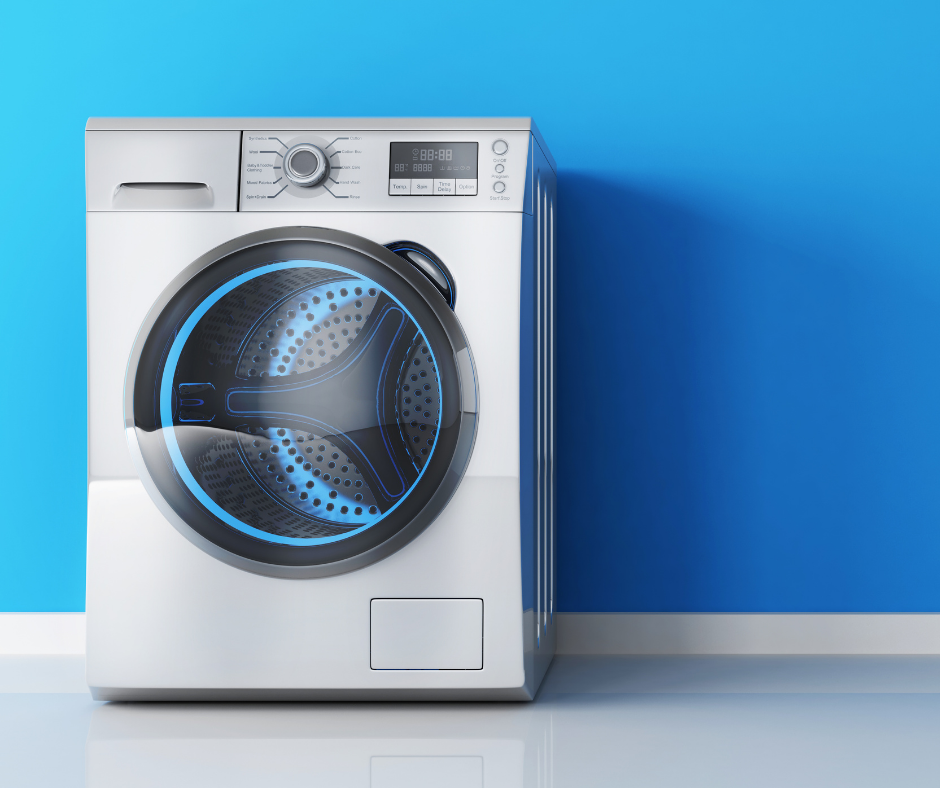
Step 1: Running a Hot Cycle
Pour 1/2 cup liquid chlorine bleach into the dispenser. You can also use a specialty cleaning as directed on the packaging. While bleach will kill germs and mold on its own, it may not be able to dissolve other residues. These washing machine cleaners contain chemicals that remove oily build-ups as well as hard water minerals.
Else, you can replace the detergent with 2 cups of white vinegar. Run an empty, regular cycle on hot now. Fill the detergent dispenser with vinegar. The combination of hot water and vinegar kills and prevents bacteria growth. In addition, you can also use vinegar to deodorize and eliminate mildew odors.
Step 2: Setting an extra Rinse and Spin
Once the cleaning cycle is over, you should run another rinse and spin. This is only to ensure that any traces of bleach or particle remnants are completely washed away.
Step 3: Scrubbing the Machine’s inside and outside
Combine 1/4 cup vinegar and a quart of warm water in a bucket or nearby sink. Clean the inside of the machine with this combination, a sponge, and a dedicated toothbrush. Nevertheless, pay close attention to fabric softeners or soap dispensers. In addition, properly clean the inside of the door and the area around the door opening. If you have a removable soap dispenser, soak it in the vinegar water before scrubbing. Wipe off the machine’s outside as well.
Step 4: Running a second Hot Cycle
Run an empty, regular, hot cycle without detergent or vinegar one more time. Add 1/2 cup baking soda to the drum to assist clear away build-up from the first cycle. Finally, wipe out the inside of the drum with a microfiber towel when the cycle is over. Thus, this will help you to eliminate any leftover residue.
To avoid mold, wipe the rubber gasket clean and dry thoroughly if you have a front loader. Wipe down the drum, as well as the door or lid, or leave it open to air dry.
How To Clean Your Washing Machine Smell
Make it a habit to keep machine doors ajar or lift lids after each usage, besides cleaning them monthly. This allows air to flow and dry out any lingering moisture that could cause musty odors. Besides, keep children and pets away from the open machine as a safety precaution. Moreover, if your controls have a child lock, use it.

Take out clean clothes instantly. – Empty the machine as soon as a cycle is over to avoid a musty stench developing in the washtub.
Remove any debris or pet hair. – If you have a pet that sheds, you will notice pet hair in your washer after a few cycles. Allow the door to remain open until the pet hair and drum have completely dried. Subsequently, vacuum out the fur with your vacuum’s soft brush attachment.
Dry the gasket. – If you have a front-loading machine, check the gasket frequently. Do so to ensure that no small items, such as baby socks, are caught inside. Additionally, dry it often to avoid mold.
Clean the controls. – Wipe your controls, door handle, and drips of detergent/softener you find on the machine with a moist cloth. Check its front, sides, and top for traces of detergent. Thus, this will aid your machine in looking its best.
How To Clean Your Washing Machine Front Loader
- To eliminate any built-up detergent, run a hot cycle with an empty machine.
- Further, to get rid of odors, wash at 40 degrees with a washing machine cleaner.
- Remove the detergent drawer from the cabinet and soak it in a bowl or sink of water. If the water is extremely unclean, you can also add bleach to it.
- Using a wet towel, wipe off the machine and the door. To remove all of the gunk from beneath the door, pull back the rubber seal.
- Wipe the area around the dispenser drawer with a damp cloth.
- Nevertheless, remove any residues left in the drawer with a toothbrush before reinstalling it in the machine.
How To Clean Your Washing Machine Top Loader
- Run a hot cycle with an empty machine, just as you would with a front loader. Thus, this will help you to eliminate any built-up detergent.
- To get rid of odors, run a second hot wash with a washing machine cleaner. Allow it to swirl for 30 seconds before setting it aside for around an hour.
- Restart the cycle and finish it.
- Turn off the machine.
- Wipe the inside with a hot, damp towel to thoroughly clean the drum and tub rim.
What To Avoid While Cleaning your Washing Machine
While cleaning a washing machine, one common blunder is to run an empty, hot cycle with lots of detergents. The detergent may foam up too much inside the drum. Thus, this will lead to frothy water bursting out of the machine through the tray section and flooding your kitchen.
Hence, while doing a service wash, avoid using liquid detergent. Rather, simply use a small amount of powder detergent. Better yet, don’t use your ordinary detergent at all and instead use a dedicated washing machine cleaning.

